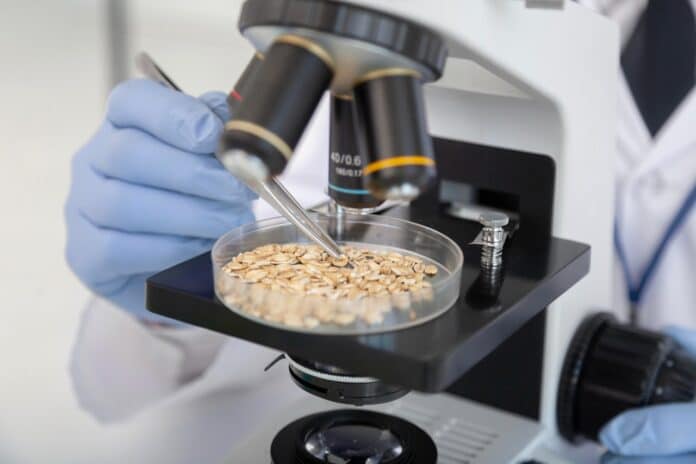Almost all biochemical processes by biological molecules, such as proteins, occur in all living things. Researchers have created a novel method that can be used to more effectively assess measurements at X-ray free-electron lasers like the SwissFEL to examine these dynamic processes.
A new analytical technique known as “low-pass spectral analysis” was created by a global team that included physicist Cecilia Casadei. This program can assess data obtained from experiments with an X-ray free-electron laser (XFEL).
The program uses a technique known as time-resolved serial femtosecond X-ray crystallography (TR-SFX) to investigate the ultra-fast motions of proteins, which can aid in developing new pharmaceuticals.
Casadei, along with other PSI researchers at DESY in Hamburg and colleagues at the University of Wisconsin in Milwaukee, USA, has developed an algorithm that more efficiently evaluates data obtained in experiments at an X-ray free-electron laser (XFEL).
When using a car navigation system, the device may occasionally temporarily find you off the road. This results from inaccurate GPS positioning, varying by up to several meters. The sat nav algorithm will quickly catch on to this and correct the trajectory shown on the screen, putting it back on the road.
Researchers led by PSI physicist Cecilia Casadei have successfully employed a similar method to deal with unrealistic motion sequences. However, their research subjects are proteins, a billion times smaller than a car.
These fundamental components of life serve important purposes in all recognized creatures. They frequently move quickly while doing this. Understanding proteins, which can, among other things, help us create novel medical medicines, requires a precise analysis of these movements.
A large-scale research facility known as an XFEL produces short, powerful bursts of laser-quality X-ray radiation. In this case, a technique called time-resolved serial femtosecond X-ray crystallography (TR-SFX) can be used to analyze the rapid motions of proteins.
The goal of Casadei’s research is to effectively merge measuring data from various crystals to produce an entire image. The small size, quick motions, and strong X-ray pulse of proteins allow TR-SFX to resolve the complicated measurements of proteins. Diffraction photographs of the measurement’s raw data are accessible, and data analysis is only getting started.
Casadei’s study focuses on how to meaningfully combine several crystals’ measurement data to eliminate a complete image’s incompleteness. The method established so far is called “binning and merging.”
Casadei said, “A lot has been achieved with this method in the last decade.”
This method divides the data into time intervals, and all data within one interval, a “bin, ” are averaged. However, more detailed information is also needed in this averaging.
He continues, “You could say that the individual images of the protein film are all a bit washed out. That’s why we have developed a method to get more out of the measurement data.”
Casadei and her colleagues devised a new method called “low-pass spectral analysis,” or LPSA for short.
He explains. “Similar to electronics or audio technology, we apply a low-pass filter. However, in our case, it comes in the form of advanced linear algebra. We apply these formulas to remove unwanted noise from the data without losing the relevant details.”
In simple terms, the protein mobility is tracked using the raw data, which are the diffraction images of the protein crystals. This motion is thought to be fluid or jerk-free. The new algorithm developed by Casadei and her colleagues reduces inaccuracies in the reconstruction of protein movement, like how the navigation system corrects itself when a vehicle appears to veer off the path of the road.
The new protein films may not have a significant difference to laypeople. However, the improvement is akin to going from a DVD to an HDR movie for those who enjoy watching movies.
The researcher said, “Above all, the new algorithm now allows researchers here at SwissFEL at PSI to extract more information from their data.”
This indicates that the algorithm could help in reducing lengthy measurement durations. This is a positive development for protein researchers using this cutting-edge facility, as beam time is usually in high demand at large-scale research facilities, especially at SwissFEL.
Journal Reference:
- Sharman, P., & Wilson et al. Genetic improvement of speed across distance categories in thoroughbred racehorses in Great Britain. Heredity. DOI: 10.1038/s41437-023-00623-8
